In the ever-evolving landscape of modern architecture, the innovative uses of Glass Doors and Windows have become essential to enhancing aesthetic appeal, energy efficiency, and functionality. According to a recent report by the Global Glass Door and Window Market, the demand for high-performance architectural glazing is projected to grow significantly, driven by the rising trends in sustainable building design and the desire for seamless indoor-outdoor living spaces. At LEAWOD Windows & Doors Group Co., Ltd., we pride ourselves on being at the forefront of this innovation as a leading manufacturer of high-end windows and doors, including our patented R7 seamless whole welding technology. Our commitment to quality and collaboration with dealers ensures that we provide exceptional finished products that meet the evolving needs of architects and homeowners alike, redefining the role of Glass Doors and Windows in contemporary architectural practices.
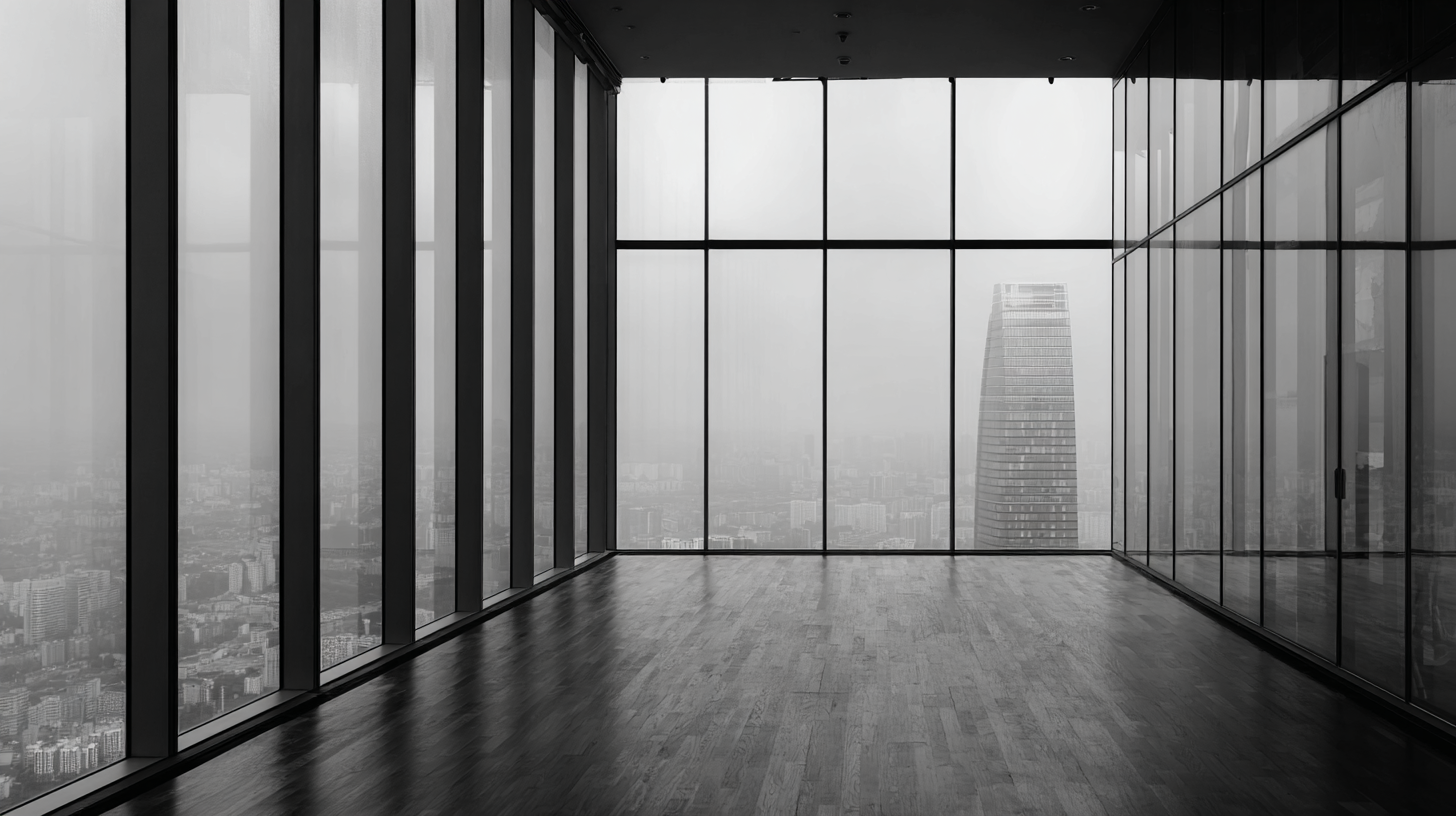
Innovative glass door designs are revolutionizing the way we perceive and interact with our living spaces. These architectural elements not only serve as functional access points but also act as sculptural features that enhance the overall aesthetic of a home or commercial building. For instance, sliding glass doors have become increasingly popular, allowing for a seamless connection between indoor and outdoor environments. This design encourages natural light to flood in, creating a warm and inviting atmosphere while also promoting a sense of openness and spaciousness.
Another exciting trend in glass door design is the use of pivot doors. These are not just practical but also incredibly striking, often serving as a focal point in modern architecture. With their expansive panes of glass and minimalist frames, pivot doors can dramatically alter the entrance or exit of a space, making a bold statement. Additionally, advances in technology have enabled the creation of smart glass, which can tint on command to reduce glare and increase privacy. This level of innovation not only enhances comfort but also contributes to energy efficiency, showcasing how modern design continues to evolve with both form and function in mind.
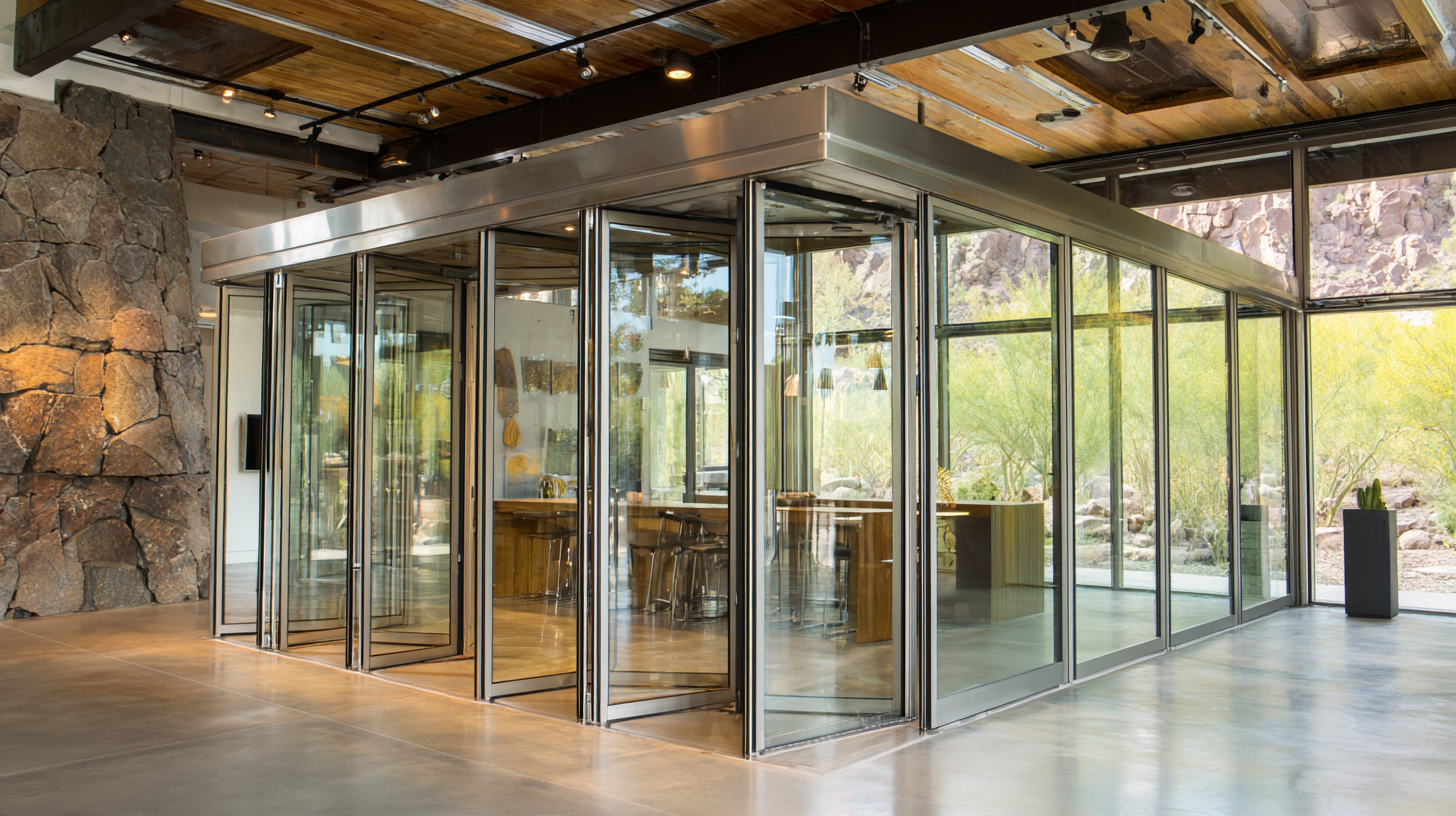
In contemporary architecture, transparency achieved through glass doors and windows plays a pivotal role in blurring the lines between indoor and outdoor environments. According to a report by the National Glass Association, the use of glass in buildings can reduce energy consumption by up to 20% through natural lighting and heat retention. This transparency not only promotes energy efficiency but also enhances the aesthetic appeal of structures, allowing for open, airy spaces that foster a connection to nature.
Moreover, the psychological benefits of transparency in architecture should not be overlooked. Studies have shown that access to natural light and views of the outdoors can improve mood and productivity in residential and commercial spaces. A report from the Harvard School of Public Health indicates that employees working in offices with ample natural light report a 15% increase in overall well-being. As architects continue to innovate with glass materials, this focus on transparency serves as a testament to a shift towards more sustainable, health-conscious design practices that prioritize both visual connectivity and environmental responsibility.
Sustainable glass technologies are transforming modern architecture by enhancing energy efficiency and reducing environmental impact. According to a report by the U.S. Department of Energy, energy-efficient windows can reduce heating costs by up to 25% in colder climates and cooling costs by 35% in warmer regions. These advancements not only foster a more sustainable approach to building design but also contribute to lower energy bills for homeowners and businesses alike.
To maximize the benefits of sustainable glass technologies, consider implementing low-emissivity (low-E) coatings. These specialized coatings reflect infrared light while allowing sunlight to enter, reducing heat transfer and improving thermal performance. Another valuable tip is to utilize triple glazing whenever possible, which provides an additional layer of insulation compared to traditional double-glazed windows. This added insulation not only keeps interiors comfortable year-round but also integrates seamlessly with aesthetic glass door designs.
Investing in smart glass technology is another innovative option that can enhance energy performance. This type of glass can adjust its tint based on sunlight exposure, reducing the need for artificial heating and cooling. By embracing these sustainable solutions, architects and builders can play a pivotal role in creating energy-efficient spaces that address climate change while meeting the needs of contemporary living.
In the realm of modern architecture, glass plays a pivotal role in enhancing interior spaces through creative applications. According to a recent report by the American Institute of Architects, 72% of architects surveyed believe that the use of glass significantly contributes to the aesthetic appeal and functionality of interior environments. Glass doors and windows allow natural light to flood spaces, which not only improves the ambiance but also promotes well-being among occupants. Studies from the World Green Building Council have shown that access to natural light can enhance productivity by up to 15%, making glass a favored choice in office designs.
Beyond aesthetics, innovative uses of glass can redefine spatial boundaries while maintaining a sense of openness. For instance, frameless glass doors can create seamless transitions between indoor and outdoor areas, which is especially valuable in urban settings.
With a growing trend in biophilic design, integrating glass into spaces facilitates connections with nature, leading to enhanced emotional health. Additionally, structural reports indicate that glass can now be engineered for energy efficiency, with advanced glazing systems achieving up to 90% solar heat gain reduction, further solidifying its place as a staple in contemporary interior design.
In modern architecture, the strategic use of windows has transformed not only the aesthetics of buildings but also their energy efficiency and occupant well-being. According to a report by the National Renewable Energy Laboratory (NREL), well-designed windows can reduce energy costs by an average of 10-20% in residential buildings. This impact is primarily due to the ability of windows to harness natural light, reducing the need for artificial lighting and contributing to a more sustainable environment.
The incorporation of large glass panels and innovative window designs allows for an abundance of natural light, which has been shown to enhance mood and productivity in occupants. A study published in the journal Environmental Health Perspectives indicates that daylighting can lead to a 15% increase in productivity. Architects are increasingly mindful of these benefits, often opting for floor-to-ceiling windows and strategically placed skylights to maximize daylight penetration. This not only creates visually stunning spaces but also promotes a healthier and more energy-efficient way of living. As the trend continues, the emphasis on natural light will certainly shape the future of modern architectural design.
In modern architecture, the integration of smart glass technologies is revolutionizing the way we design and utilize spaces. The future of smart glass lies in its ability to dynamically respond to environmental conditions, enhancing the comfort and convenience of any building. This innovation allows glass doors and windows to adjust their transparency, managing natural light and heat efficiently. As a result, spaces become more energy-efficient, creating an ideal balance between aesthetic appeal and functionality.
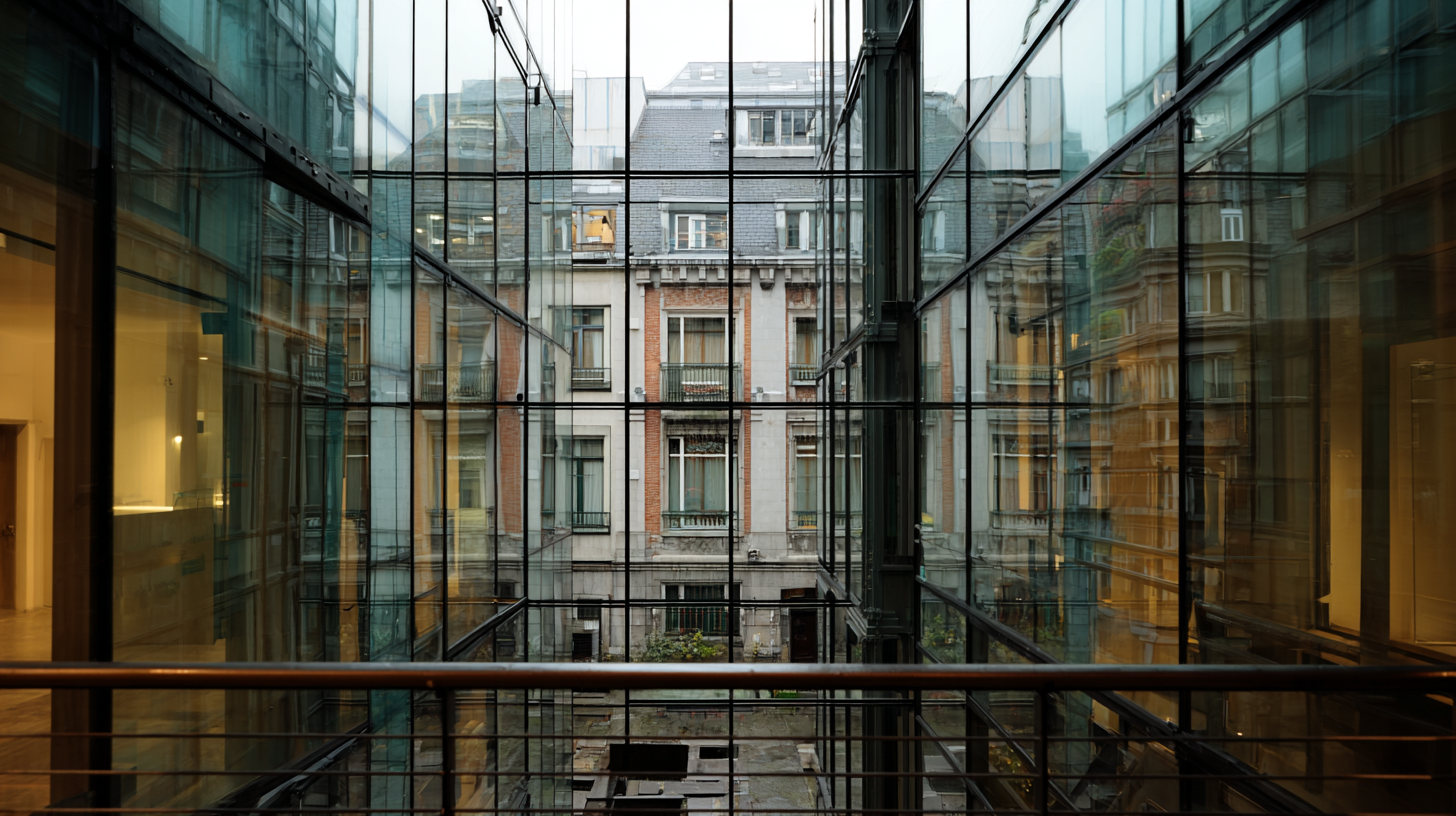
LEAWOD Windows & Doors Group Co., Ltd. is at the forefront of this technological advancement, specializing in high-end windows and doors that incorporate these smart features. As the inventor of R7 seamless whole welding windows and doors, LEAWOD not only offers superior design options but also ensures durability and strength. By collaborating with dealers and promoting a business model centered on high-quality solutions, LEAWOD is committed to pushing the boundaries of modern architecture through the seamless integration of smart glass technology, enabling a future where buildings are smarter, more sustainable, and truly innovative.
: Glass enhances aesthetic appeal by allowing natural light to flood spaces, improving ambiance, and promoting overall well-being among occupants.
Access to natural light can enhance productivity by up to 15%, making glass a favored choice in office designs.
Frameless glass doors create seamless transitions between indoor and outdoor areas, maintaining a sense of openness, especially valuable in urban settings.
Integrating glass into spaces facilitates connections with nature, which enhances emotional health and supports biophilic design principles.
Yes, advanced glazing systems can achieve up to 90% solar heat gain reduction, contributing to energy efficiency in modern interior design.
Well-designed windows can reduce energy costs by an average of 10-20% in residential buildings by harnessing natural light and reducing the need for artificial lighting.
Large glass panels allow abundant natural light, which can enhance mood and productivity in occupants.
Smart glass technology allows glass to dynamically respond to environmental conditions, enhancing comfort and energy efficiency in buildings.
LEAWOD specializes in high-end windows and doors that incorporate smart features, promoting innovation and sustainability in modern architecture.
The emphasis on natural light will continue to shape modern architectural design, particularly with strategies like floor-to-ceiling windows and strategically placed skylights.

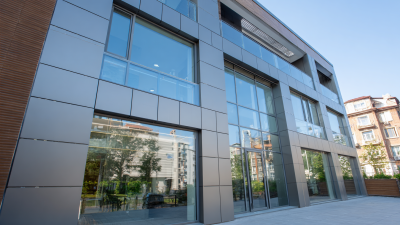


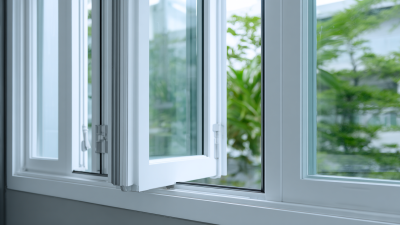






 +0086-157 7552 3339
+0086-157 7552 3339  info@leawod.com
info@leawod.com 